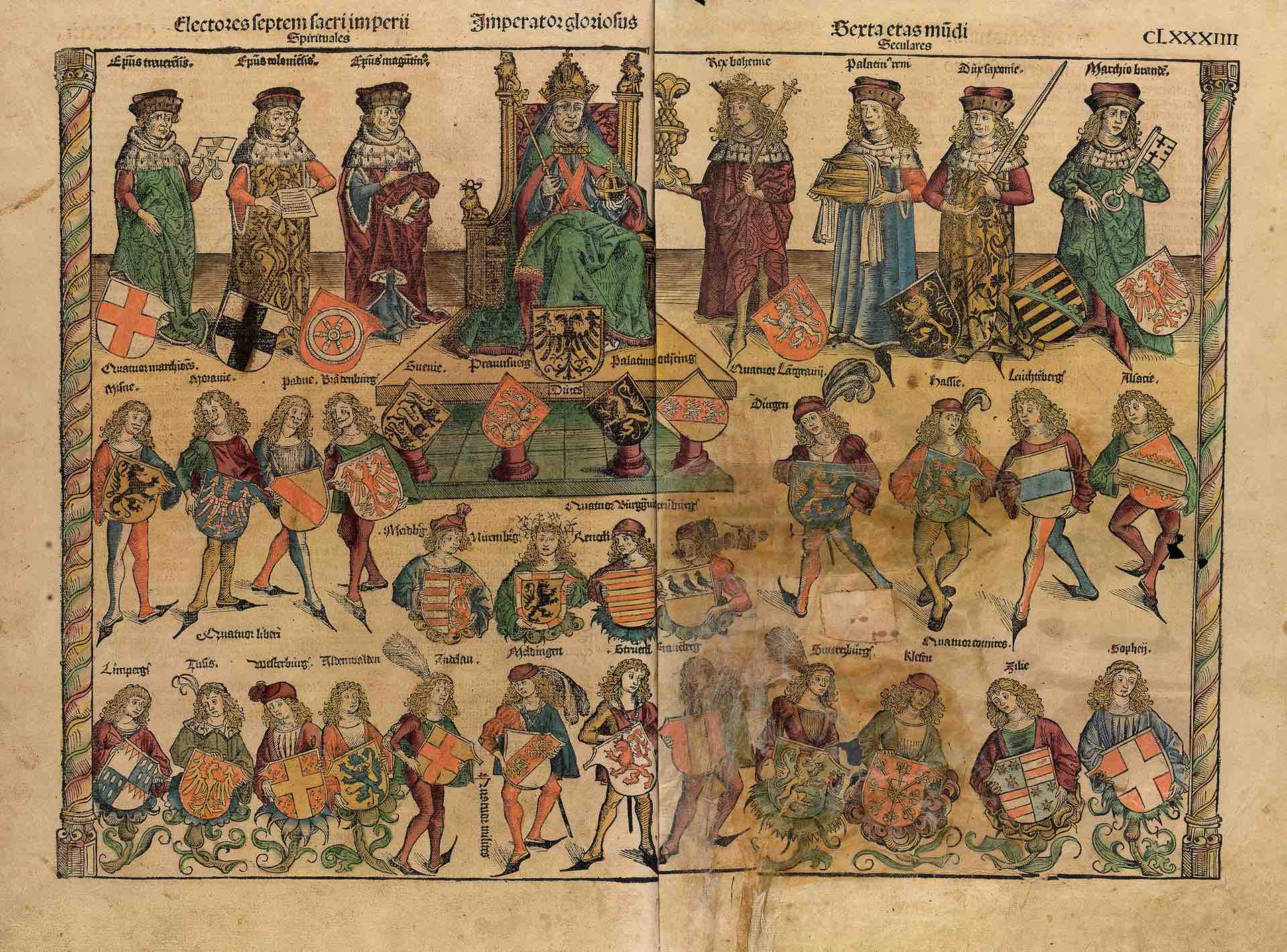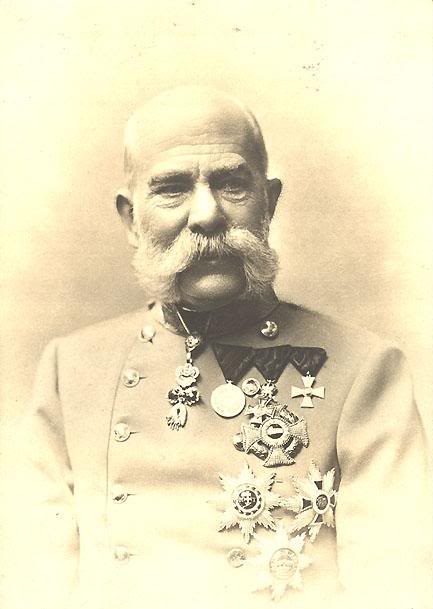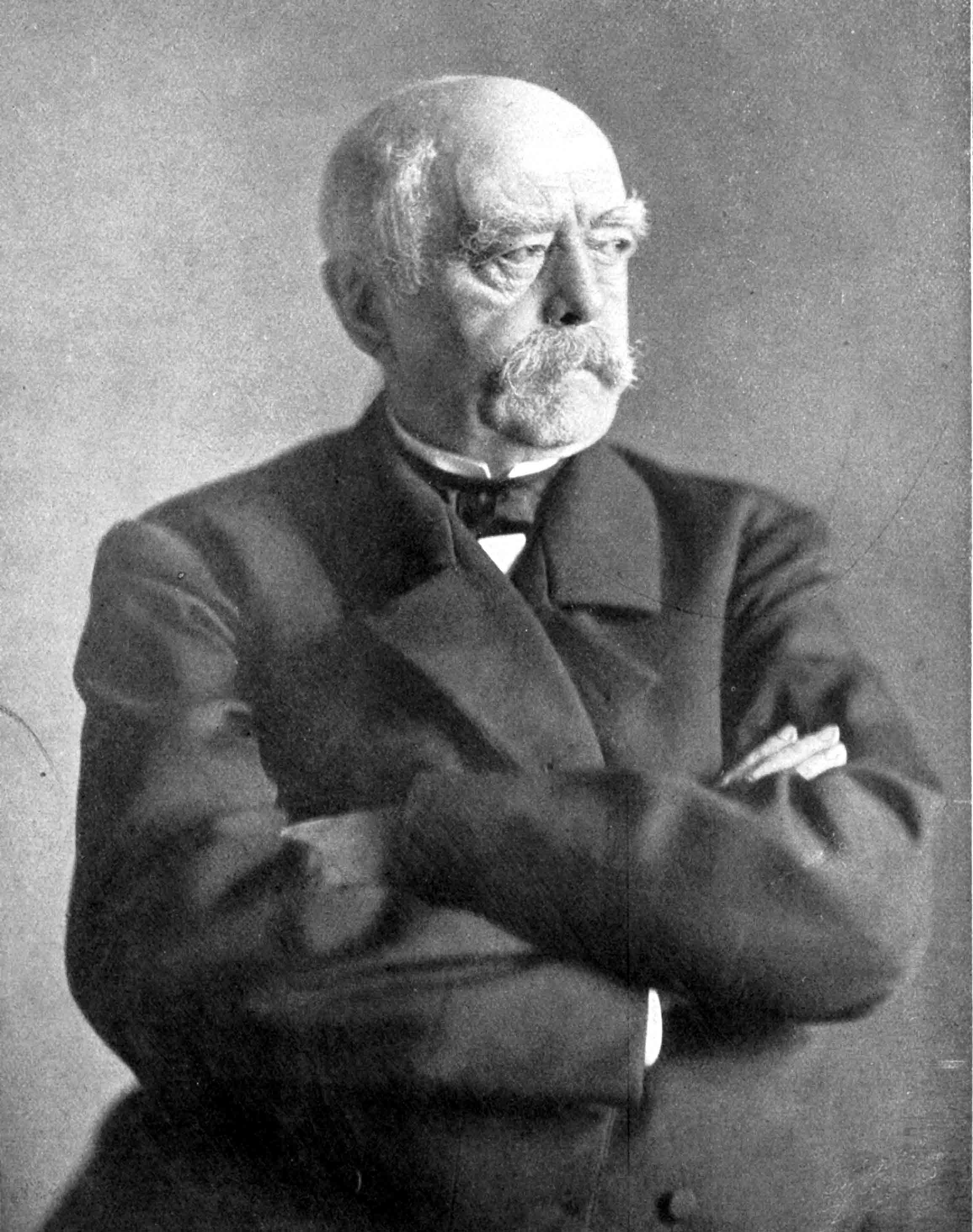Information
Sheet--Primer on the Habsburg Monarchy
Tooley
The Dual Monarchy, as Austria-Hungary was sometimes called after
1867, was in essence the last constitutional shape of the Habsburg
Empire. As such, it was this dual structure within the Empire that
impacted every aspect of state leadership right up to the end of
World War I.
Of course, the Habsburg Empire was intimately connected with the
history of Central Europe and Europe as a whole for hundreds of
years. The Habsburg family, with its seat in Vienna, ruled the
Holy Roman Empire for its last centuries, until Napoleon ended the
HRE in 1806. From the confederal, decentralized nature of the
Holy Roman Empire, and from the policies of the Habsburg family, the
dynamic of Habsburg rule tended to be the soft touch, negotiation
instead of coercion, local autonomy instead of centralized control,
marriage instead of war.
Indeed, we have to make a distinction here. The Holy Roman
Empire included almost everything that is today Germany, Austria,
Hungary, the Czech Republic, Slovakia, Belgium, the Netherlands, and
Luxembourg. It also included some territories now in Italy,
France, Switzerland, Poland, Russia, and Croatia. (Have I missed
anything?) The Holy Roman Empire was held together as a
confederation of independent entities that lay along a huge
continuum, from small knightly holdings and medium-sized walled
towns to big, important states that could boast armies many tens of
thousands strong.

This is from the Schedelian "World Chronicle" produced just
before 1500. The figures are leading princes from the Holy Roman
Empire.
The Habsburg family held this position for several hundred
years--held it very adroitly, one must say. It certainly
wasn't easy. But a note here: the Habsburg Emperors were
at the same time heads of the family's "crown lands," territories
which they held individually and under various titles:
"Archduke of Styria," for example, or "King of Hungary." In fact,
acquiring much eastern real estate in the long struggle with the
Ottoman Empire, the Habsburg Empire was in part outside of (mostly
to the east of) the Holy Roman Empire, which they also
controlled. (And yes, a branch of the family was also in power
in Spain from early sixteenth century until the early eighteenth.)
A second aspect of the Habsburg's ability to hold onto the reins of
the Holy Roman Empire was its famous marriage policy. "Others
conquer," the Habsburg household adage ran, "We marry!" And indeed,
though the expansion of the Habsburg Empire was hardly bloodless, it
grew at a significantly lower cost in body count than almost all
other great European states. The Habsburgs put a very high value on
marriage partly for this reason. A great many Habsburg princes (and
princesses) prided themselves on their family's ability to lessen
conflict by marrying into other ruling dynasties. Indeed, many
of the greatest Habsburg rulers were convinced that not only
marriage, but also negotiation with elites and regions, was far
better than military force. This is certainly an important
theme to think about, since the "new" world of hard-edged
nationalist states in the nineteenth century were little amenable to
such peace-producing strategies.
Back to the Holy Roman Empire as a whole, it will perhaps be a
surprise to find out that there were well over a thousand
independent "countries" or states in this confederation, and even if
some of the marginally independent categories are excluded, there
were still nearly 350 independent states. The role of the
Emperor was to keep an eye on the whole thing, but no one ever
imagined that all of the Empire "belonged" to the
Emperor. Each unit guarded its autonomy fiercely.
But there is more. The Emperor's position was not hereditary,
but elective. Yes, you heard that right. Elective.
Now, the electorate was pretty small: seven (later
eight). Originally, in the tenth century, these were the heads
of large regions related to former tribe status. By the thirteenth
century, the Electors were the crowned heads of some of the leading
states of the Holy Roman Empire--well, sort of, since for good
measure one of the electoral princes was the King of Bohemia, whose
involvement was real but limited in some ways. The other electoral
states were The Prince-Bishopric of Mainz, the Prince-Bishopric of
Trier, the Prince Bishopric of Cologne, the County Palatine, the
Duchy of Saxony, and the Margavate of Brandenburg. Bavaria
would be added later, and some of these would drop out, but the
important thing is that these rich, powerful, influential heads of
states (some of them in holy orders) voted on the new Emperor at the
end of each reign.
This process meant, of course, that any ruling Emperor hoping for
his son (or in one case, his daughter) to become Emperor would have
to play nice with the Electoral states: giving them subsidies,
granting various favors, marrying off children to their royal
houses, etc.
On the other hand, within the multifaceted "constitution" of the
Empire, one of the Emperor's other important roles was to help the
smaller units of the Empire defend themselves from the aggression of
the more powerful units. The Emperor did this partly through
the Reichstag, a tripartite council representing elites
throughout Central Europe whose legislation was theoretically
binding even on the Emperor. Similarly, the Reich Court of
Chamber exercised wide-ranging jurisdiction to assist the king when
injustices among the states occurred. The Emperor could even use
these institutions to help him place a "ban" on offending
individuals or states, placing them outside the law and making them
free game for anyone to kill or expropriate. In these ways,
the Emperor used his position to coordinate the military forces of
the hundreds of less powerful states so that, collectively, they
could confront any of the powerful German states.
But all this began to crumble with important changes during the
Reformation and the Thirty Years War. That war ended with the Treaty
of Westphalia, which gave impetus to new power centers very
detrimental to the old balances and negotiation of the HRE.
And by the time Napoleon put paid to this Empire by defeating the
Austrians and Prussians and reorganizing Central Europe in 1805/6,
many of these habits of decentralization and localism had gone into
decline. Indeed, many of the smallest states simply
disappeared, folded into neighboring countries. Most of this
work was done in a single stroke by Napoleon, as he pared the Empire
down from over three hundred states to thirty-eight or
thirty-nine. These trends of centralization continued during
the period of the "Germanic Confederation," which lasted from 1814
to 1867.


Two other important trends marked this period for the Habsburg
Empire. Indeed, during this period, the old rivalry between the
Habsburgs in Vienna and the Hohenzollerns in Berlin
(Prussia/Brandenburg) reached its greatest height, spurred on by
nineteenth-century nationalism. In the 1860s, Otto von
Bismarck engineered three wars which effected the final split of
"Germany" from the influence of the Habsburgs. The new "German
Empire" was founded in 1871. But defeated by the Prussians in the
Austro-Prussian War of 1866, the Austrian lands had been reorganized
to reflect the decline of the central power of Vienna. All this
happened under the watch of the long-time Habsburg Emperor, Franz
Josef (1848-1916). Henceforth, from 1867, the Habsburg "crown
lands" and their appendages were organized into two parts of the
Empire: the Hungarian part with a seat at Budapest and the
Austrian part with a seat at Vienna. The Habsburgs were heads
of both, it is true, but the governments were more or less
independent (with a couple of exceptions, the army being one).
So the Emperor of Austria (well, this is a sort of nickname) was
also the King of Hungary. Hence, the K.- und K. Army (the
kaiserliche und königliche Armee--the Imperial and Royal
Army).
So this is the interesting Empire whose heir to the throne was
assassinated on June 28, 1914. And in helping start the First
World War by forcing this issue with the Serbians, the House of
Habsburg really started the process that would end its place at the
highest levels of European influence, apparently for good, in 1918.


